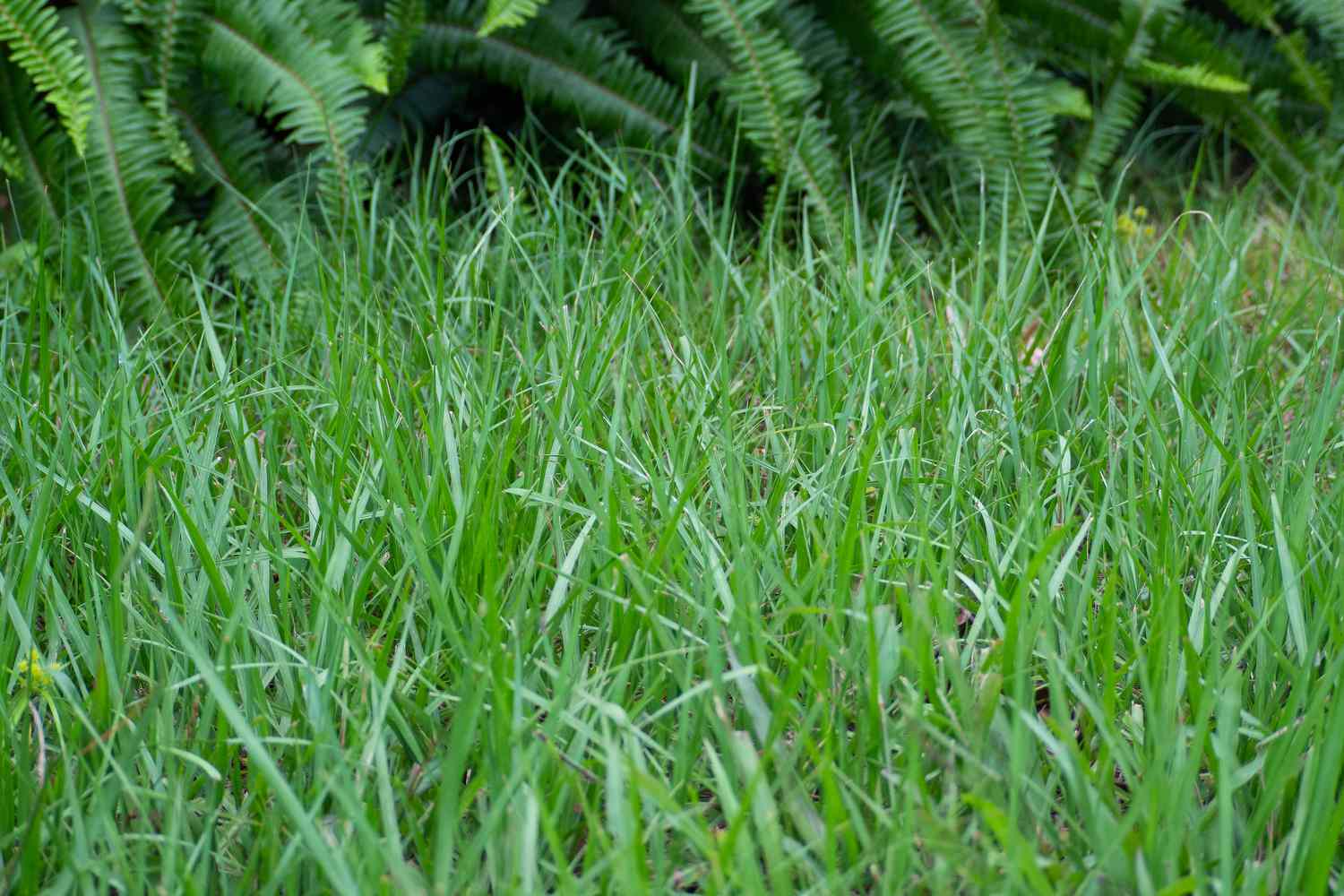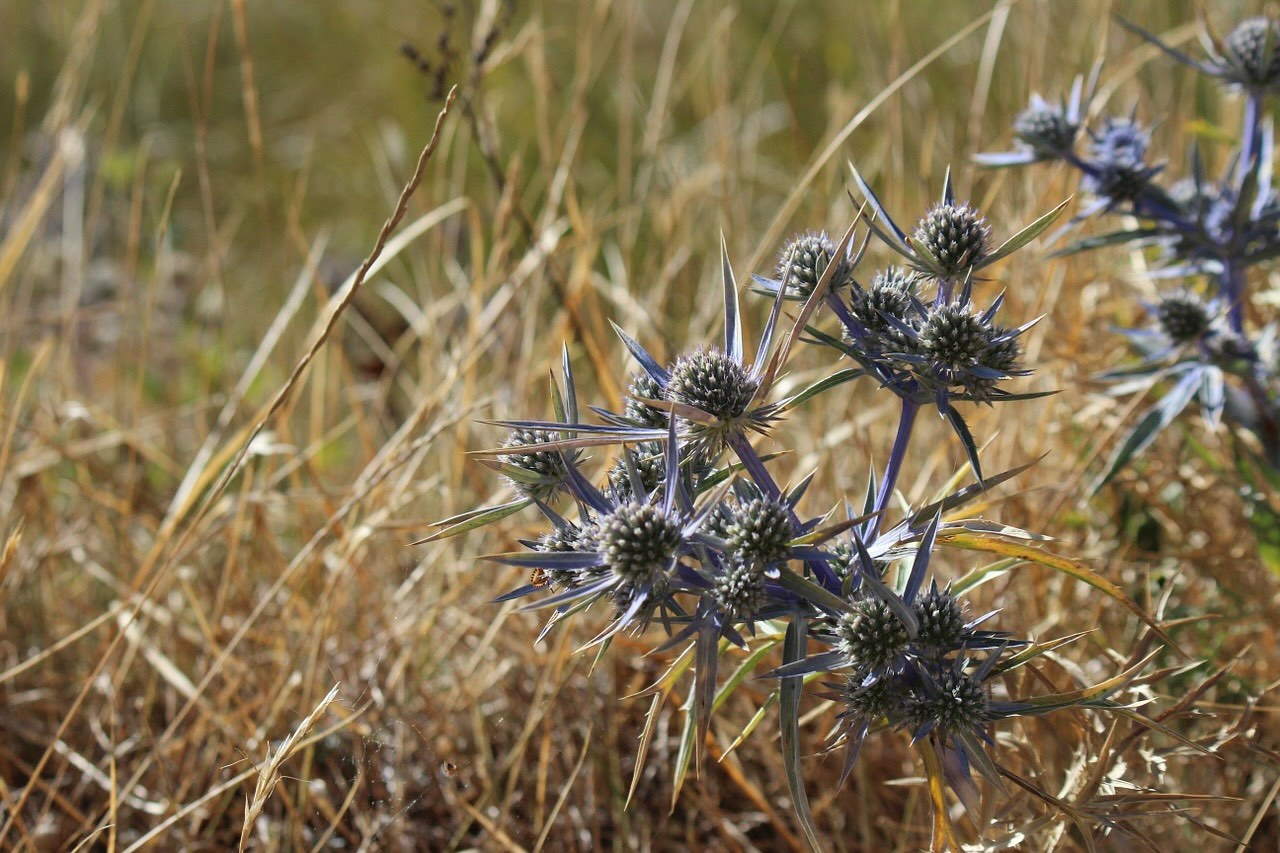Home>Gardening & Outdoor>Landscaping Ideas>How To Get Rid Of Bahia Grass


Landscaping Ideas
How To Get Rid Of Bahia Grass
Modified: September 2, 2024
Learn effective landscaping ideas to eliminate Bahia grass from your lawn. Discover expert tips and methods for a lush, weed-free yard.
(Many of the links in this article redirect to a specific reviewed product. Your purchase of these products through affiliate links helps to generate commission for Storables.com, at no extra cost. Learn more)
Introduction
Welcome to the battle against Bahia grass, a resilient and invasive weed that can quickly take over your lawn or garden. In this comprehensive guide, we will explore effective strategies for getting rid of Bahia grass and reclaiming your outdoor space. Whether you’re a seasoned gardener or a novice enthusiast, dealing with Bahia grass can be a frustrating challenge. However, armed with the right knowledge and techniques, you can successfully eliminate this stubborn grass and prevent it from making a comeback.
From understanding the nature of Bahia grass to implementing manual and chemical removal methods, we’ll cover a range of approaches to suit your preferences and needs. Additionally, we’ll delve into cultural practices that can help prevent Bahia grass from reestablishing itself in your landscape. By the end of this guide, you’ll be equipped with the expertise to tackle Bahia grass infestations and maintain a lush, Bahia grass-free outdoor environment.
Key Takeaways:
- Bahia grass is a tough weed with V-shaped seed heads and dense roots. Manual removal, like hand pulling and sod removal, can help control small infestations, but combining methods is key for long-lasting results.
- Using selective herbicides and cultural practices, like proper irrigation and regular aeration, can effectively manage widespread Bahia grass. Persistence and a proactive approach are essential for a healthy, weed-resistant outdoor space.
Read more: How To Get Rid Of Crabgrass
Understanding Bahia Grass
Bahia grass (Paspalum notatum) is a warm-season perennial grass that is commonly used for pastures and erosion control. While it serves these purposes well, Bahia grass can become a nuisance when it invades lawns, gardens, and other landscaped areas. Its rapid growth and resilient nature make it a formidable opponent for anyone seeking a pristine outdoor space.
Identifying Bahia grass is crucial for effective removal. This grass typically has V-shaped seed heads and flat, coarse leaves that form dense mats. Its extensive root system allows it to thrive in various soil types and withstand drought conditions, making it a resilient and persistent weed.
Bahia grass spreads through seeds and aggressive rhizomes, enabling it to quickly colonize bare patches of soil and outcompete desirable plants. Its ability to thrive in both sun and partial shade further contributes to its tenacious presence in landscapes.
Understanding the growth habits and characteristics of Bahia grass is essential for developing a targeted approach to eradication. By familiarizing yourself with the distinct features and growth patterns of this grass, you can effectively implement control measures that specifically target Bahia grass while preserving the health of your desired plants and grass species.
Manual Removal
Manual removal is a labor-intensive but effective method for controlling Bahia grass, especially in smaller infested areas. This approach involves physically uprooting the grass and its rhizomes to prevent regrowth. Here are several techniques for manual Bahia grass removal:
- Hand Pulling: Small infestations of Bahia grass can be managed by hand pulling. Grasp the grass near the base and gently but firmly pull upward, ensuring that the entire plant, including the roots, is removed. This method is most effective when the soil is moist, as it facilitates easier extraction of the roots.
- Sod Removal: For larger infestations or when dealing with Bahia grass in a lawn, sod removal can be an efficient strategy. Use a sharp spade to cut out sections of the infested turf, ensuring that you remove both the grass and its underlying root system. Replace the removed sod with new, Bahia grass-free turf or alternative ground cover.
- Repeated Mowing: Regular mowing, combined with diligent removal of seed heads, can help weaken Bahia grass over time. By consistently cutting the grass at a low height, you can deplete its energy reserves and gradually diminish its vigor. Be sure to collect and dispose of the clippings to prevent the spread of seeds and rhizomes.
While manual removal can be effective for small to moderate Bahia grass infestations, it may not completely eradicate the weed, especially if the roots and rhizomes are not thoroughly removed. As such, combining manual removal with other control methods, such as chemical treatments and cultural practices, can provide more comprehensive and long-lasting results.
To get rid of Bahia grass, use a selective herbicide specifically designed to target this type of grass. Follow the instructions on the label for best results and to avoid harming other plants.
Chemical Control
Chemical control methods can be highly effective for managing widespread Bahia grass infestations, particularly in large lawns or landscaped areas. When used responsibly and in accordance with product instructions, herbicides can target Bahia grass while minimizing harm to desirable plants. It’s essential to select the appropriate herbicide and apply it at the right time to achieve optimal results. Here are key strategies for chemical control of Bahia grass:
- Selective Herbicides: Selective herbicides are formulated to target specific types of plants while leaving desirable vegetation unharmed. For Bahia grass control, selective herbicides containing active ingredients such as sethoxydim or fluazifop-p-butyl can effectively suppress the growth of Bahia grass without impacting surrounding grasses or ornamental plants.
- Post-Emergent Herbicides: Post-emergent herbicides are designed to be applied directly to actively growing Bahia grass. These products work by being absorbed through the foliage and translocated to the root system, effectively killing the grass. When using post-emergent herbicides, it’s crucial to apply them during the grass’s active growth phase for maximum efficacy.
- Pre-Emergent Herbicides: Pre-emergent herbicides create a barrier in the soil to prevent Bahia grass seeds from germinating. By inhibiting seedling establishment, pre-emergent herbicides can help reduce the spread of Bahia grass and limit its encroachment into new areas. Timing is critical when applying pre-emergent herbicides to coincide with the grass’s natural germination period.
Prior to using any herbicidal products, it’s important to carefully read and follow the instructions on the label, including safety precautions and application rates. Additionally, consider consulting with a local extension office or a professional landscaper to determine the most suitable herbicidal approach for your specific situation.
While chemical control can be an effective tool for managing Bahia grass, it’s important to approach herbicide use with caution and environmental responsibility. Always adhere to local regulations and guidelines regarding herbicide application, and consider integrating chemical control with other methods, such as manual removal and cultural practices, to achieve comprehensive and sustainable Bahia grass management.
Cultural Practices
Incorporating cultural practices into your lawn and garden care routine can play a significant role in preventing and managing Bahia grass infestations. By fostering a healthy and robust landscape, you can create an environment that is less conducive to Bahia grass growth and establishment. Here are several cultural practices that can help suppress Bahia grass and promote the vitality of your desired plants:
- Optimal Irrigation: Proper watering practices are essential for maintaining a resilient and competitive lawn or garden. Water deeply and infrequently to encourage deep root growth in desirable grasses and plants, making it more challenging for Bahia grass to establish itself. Avoid frequent, shallow watering, as this can favor the growth of Bahia grass and other shallow-rooted weeds.
- Regular Aeration: Aerating the soil helps improve its structure, enhances root development, and reduces thatch buildup, creating a more favorable environment for desirable grasses. By promoting the health of your lawn through aeration, you can strengthen its ability to outcompete Bahia grass and other invasive species.
- Proper Fertilization: Applying balanced fertilizers at the right time and in the correct amounts can bolster the vigor of desirable grasses while minimizing the competitive advantage of Bahia grass. Be mindful of the specific nutrient requirements of your lawn or garden, and avoid overfertilization, which can stimulate the growth of Bahia grass and other opportunistic weeds.
- Maintaining Vigorous Turf: Encouraging the growth of dense, healthy turf through proper mowing, overseeding, and soil enrichment can create a formidable barrier against Bahia grass encroachment. A well-maintained lawn with strong turf density can effectively impede the establishment and spread of Bahia grass.
Integrating these cultural practices into your lawn and garden maintenance regimen can help create an environment that is less hospitable to Bahia grass while promoting the vitality of your desired vegetation. By fostering a robust and well-balanced landscape, you can proactively deter the proliferation of Bahia grass and minimize its impact on your outdoor space.
Read more: How To Get Rid Of Grasshoppers
Conclusion
Dealing with Bahia grass invasions requires a multifaceted approach that combines understanding the nature of the weed with strategic control methods and proactive cultural practices. By familiarizing yourself with the characteristics of Bahia grass and its growth habits, you can develop targeted strategies for its elimination and prevention.
Manual removal, though labor-intensive, can be effective for small to moderate infestations, especially when combined with other control measures. Whether it’s hand pulling or sod removal, physically uprooting Bahia grass is a proactive step toward reclaiming your outdoor space.
Chemical control methods, when used responsibly and in conjunction with other approaches, can provide effective suppression of Bahia grass in larger areas. Selective herbicides and proper timing of applications can target the weed while safeguarding desirable plants and grasses.
Implementing cultural practices such as optimal irrigation, regular aeration, proper fertilization, and maintaining vigorous turf can create an environment that is less conducive to Bahia grass growth, ultimately fortifying your landscape against invasive weeds.
By integrating these strategies and practices, you can not only eradicate existing Bahia grass infestations but also establish long-term resilience against future incursions. Remember that persistence and consistency are key when combating Bahia grass, and a proactive approach to lawn and garden maintenance is essential for maintaining a healthy and weed-resistant outdoor environment.
With the knowledge and techniques gained from this guide, you are well-equipped to take on the challenge of Bahia grass and cultivate a thriving landscape that is free from its invasive presence.
Frequently Asked Questions about How To Get Rid Of Bahia Grass
Was this page helpful?
At Storables.com, we guarantee accurate and reliable information. Our content, validated by Expert Board Contributors, is crafted following stringent Editorial Policies. We're committed to providing you with well-researched, expert-backed insights for all your informational needs.















0 thoughts on “How To Get Rid Of Bahia Grass”